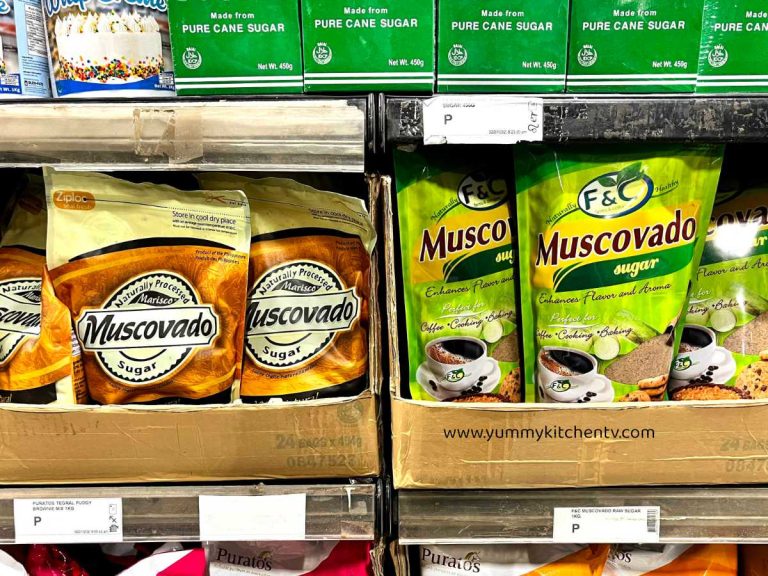What is Sili ?
Sili or siling labuyo (red) or siling mahaba (green) is a spice commonly seen in many Filipino dishes, having green and red colored peppers both belonging to the Capsicum frutescens, developed in the Philippines after the columbian exchange. But what can this little spice do to your dishes? Sili or Chillies might not be an essential ingredient to most of your dishes. But it does help make it more interesting!
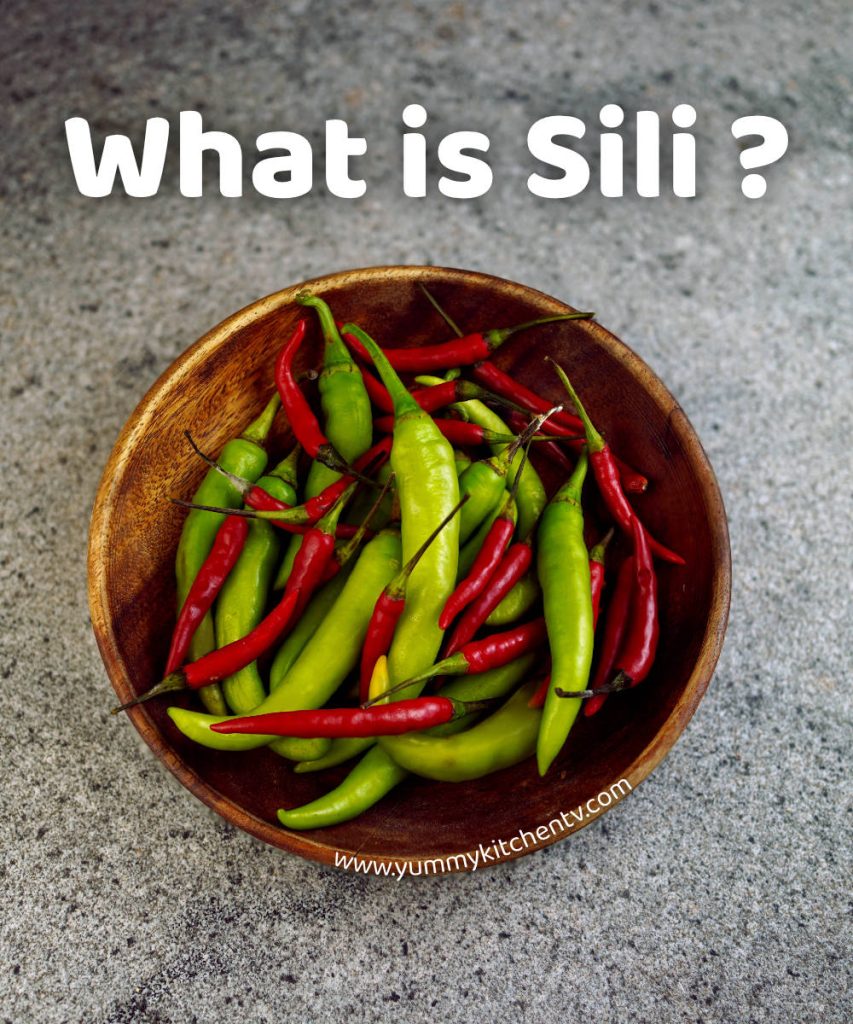
A Brief History
‘Chilis’ or the english of silis, was said to appear in the 1490’s, only existing in the American continent. Picked by indigenous people in Mexico before 8,000 BC. it took two thousand more years till the nomads turned into the first chili farmers. The chilis were spread around the world, and brought to the Philippines by European traders, namely the Spanish and Portuguese. While there are two types of sili native in the Philippines.
- One being the ‘Siling Labuyo’, sometimes called the ‘Philippine’s Bird Eye Pepper’, Capsicum Frutescens, or wild chili. Are small bright red pods measuring 3 centimeters or more, have a pungent heat that just gets stronger when chopped, and a subtle earthy taste. Its heat averaging around 80,000 to 100,000 in the Scoville scale. Commonly used in dipping sauces, and for those who just want to add color and a peppery heat into their stews, stir-fry and other dishes.
- The other sili called ‘siling mahaba’ directly translates to ‘long chili’, also called finger chili, features a longer bright green to yellow green counterpart. Best used in soups and saucy dishes, and recipes that don’t want an overpowering heat, it’s moderate and slightly sweet.
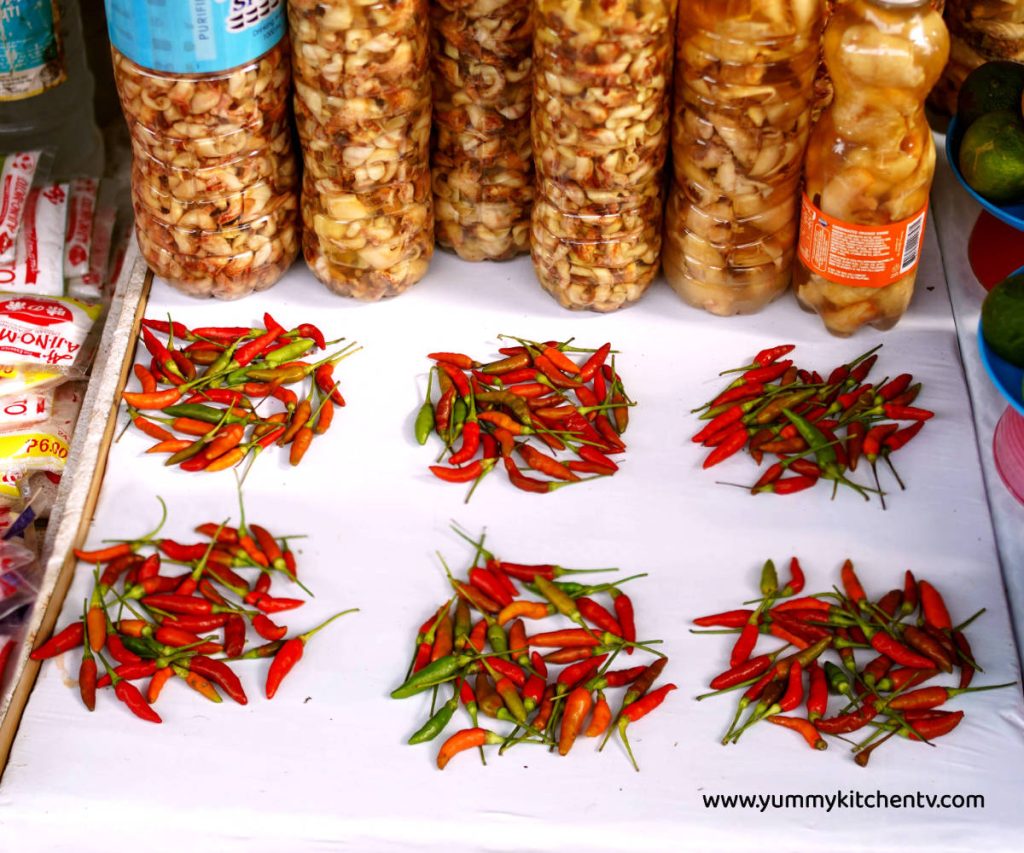
siling labuyo in the wet market
Sili benefits?
Eating spicy dishes might just be a personal preference for every person. But did you know, consuming spices like siling labuyo is also beneficial to the body in its own way? Here are just some examples:
- It aids in weight loss, spice in the sili can boost metabolism, helping burn more calories.
- It contains a lot of vitamins, antioxidants, and minerals for such a small fruit.
- Increase blood flow and helps with blood circulation.
- For sore throats and as a decongestant. Gargled to help ‘clean’ the throat, or eaten to stimulate the sinuses to help clear up congestion.
- If you are familiar with chili plasters, these are patches with chili properties that heat up the part of the body it’s attached to, and is used to relieve people of body pain
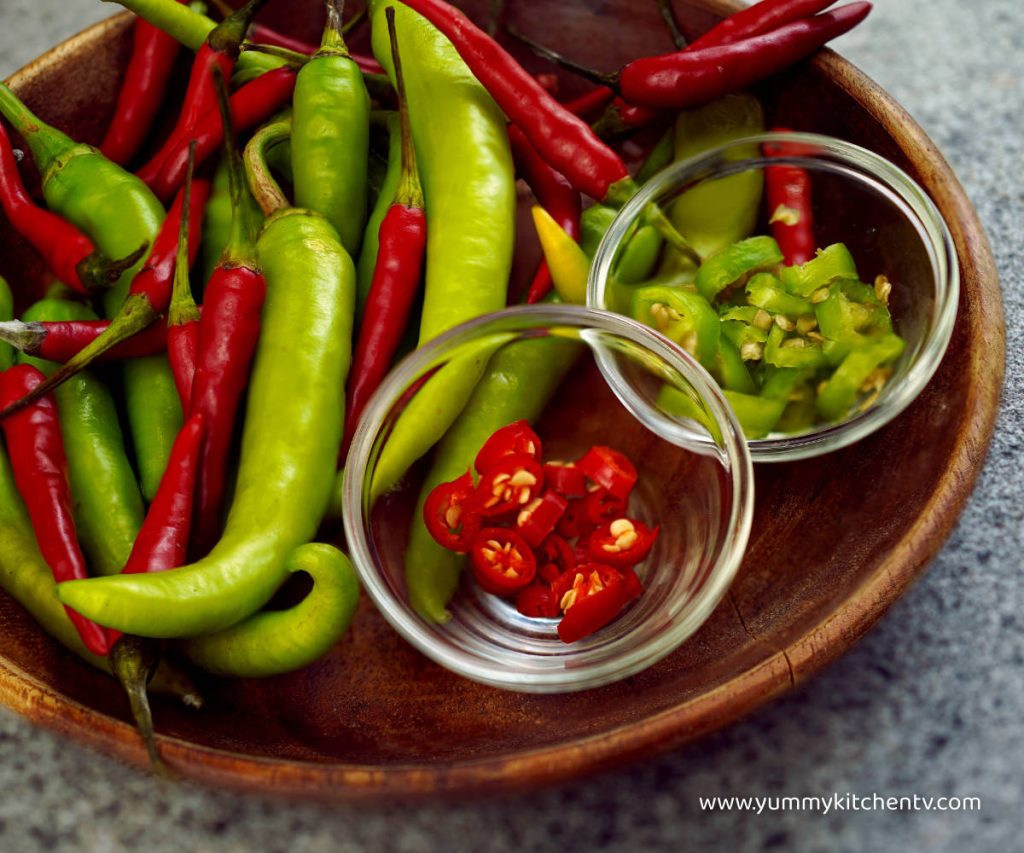
Spicy Filipino Dishes
There’s no denying that a little spice just gives the dish that boost it needs, the spicyness is sometimes even quite addicting! With a multitude of Filipino dishes that Feature the ‘Sili’, these are just some of the best dishes to try out!
- Bicol Express, this might be the first thing that pops out when you think of a spicy Filipino dish. This Bicolano pork dish simmered with spices, fresh subtle sweet coconut milk, and siling mahaba might be all you need to hear to know that this is going to be a firework on your mouth.
- Kinilaw, a recipe made by cooking seafoods like fish, shrimp, squid in lime, calamansi, or lemons juice, using the acidity to cook and adding in sili to also ‘clean’ the fish and make it safer to eat.
- Spicy Sisig, a kapampangan dish made of pork, fish, pig ears or even canned tuna. A versatile recipe made even better with a spicy kick of chili.
- Laing, if you’re looking for a spicy vegetarian dish, then this is the recipe you’ll have to try, made by simmering coconut milk with taro leaves and other ingredients, with a bit of chillies if you’d like.
- Dinuguan, a tasty stew that might be a challenge to try, when you know it’s made of pig’s blood. But once you get past that, you’re sure to understand why this traditional Filipino dish is eaten by many. Don’t forget to add a bit of chillies as well!
- Sweet and sour pork, a simple dish with Chinese origins, made to suit Filipino taste. While not common, the addition of silis in this recipe just completes all the flavor profiles of salty, sweet, sour, and spicy.
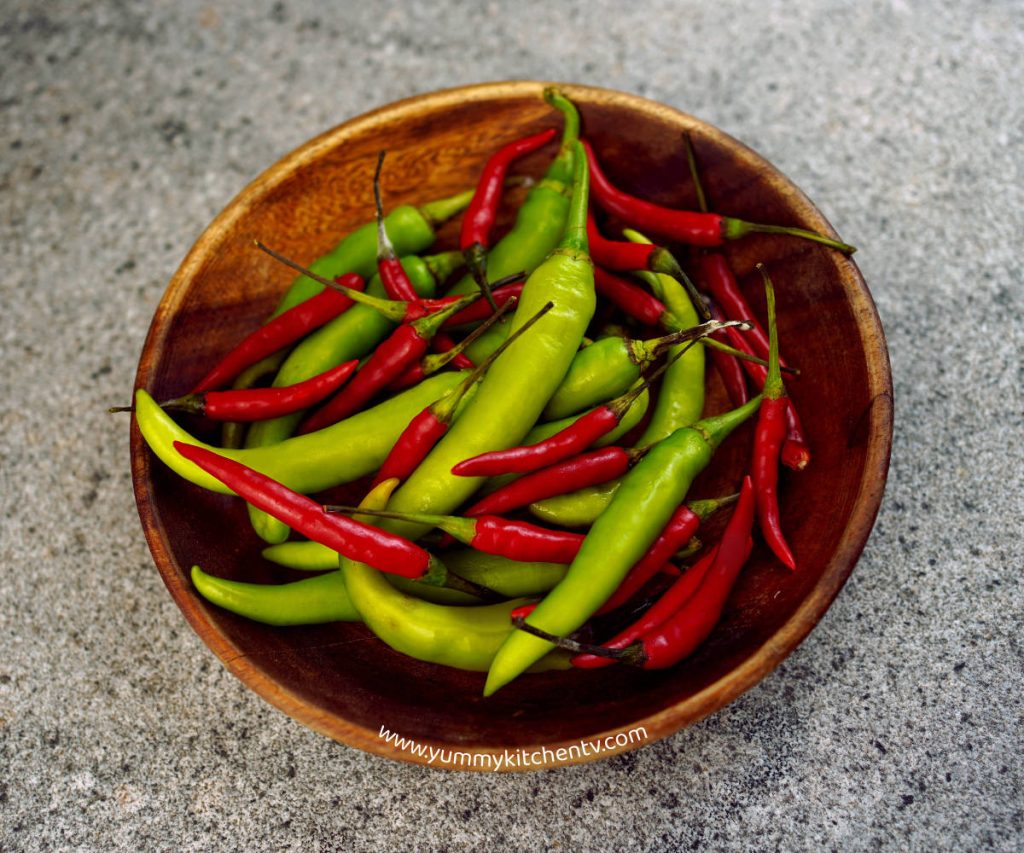
The sili plant, easily grown at home to be picked fresh or found in the market. Can be cooked any which way you want to try it, from being eaten raw to stewed, and fried with the main ingredient of the day. Will make you WOW in delight! Just make sure to dab into just the right amount of spiciness you need!



